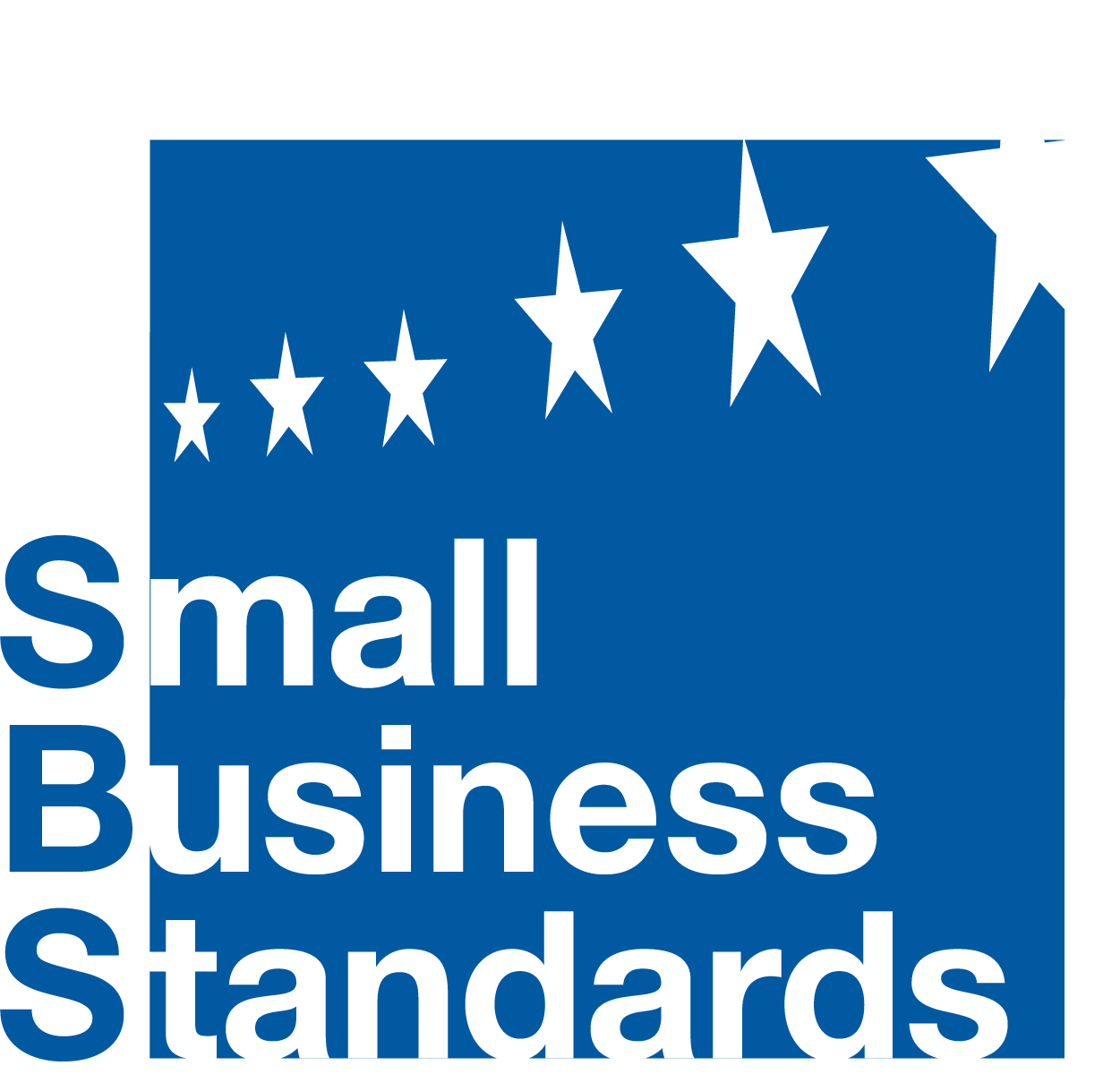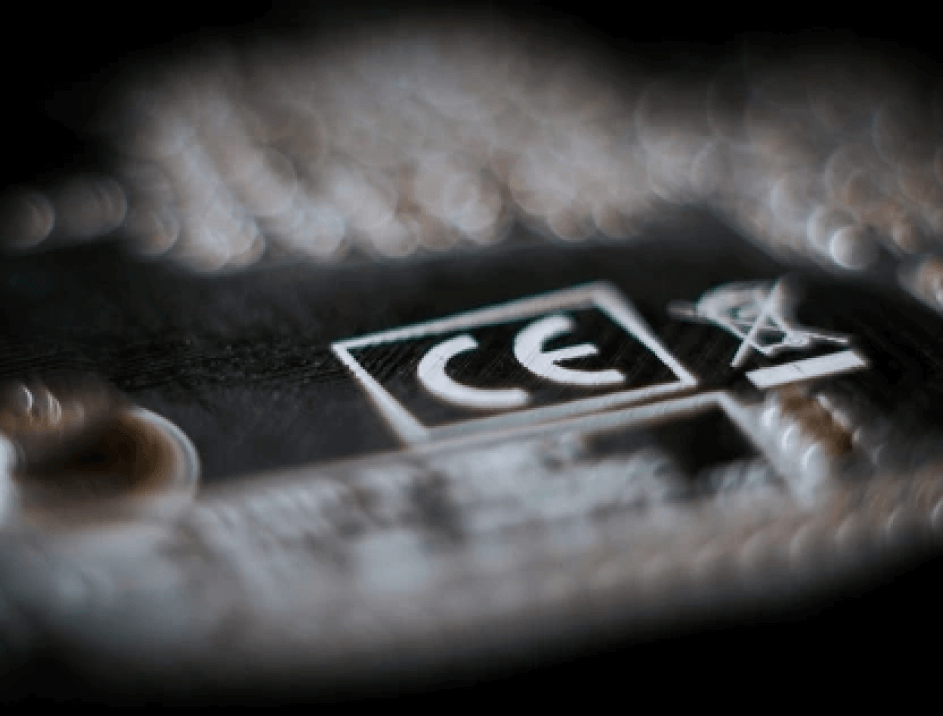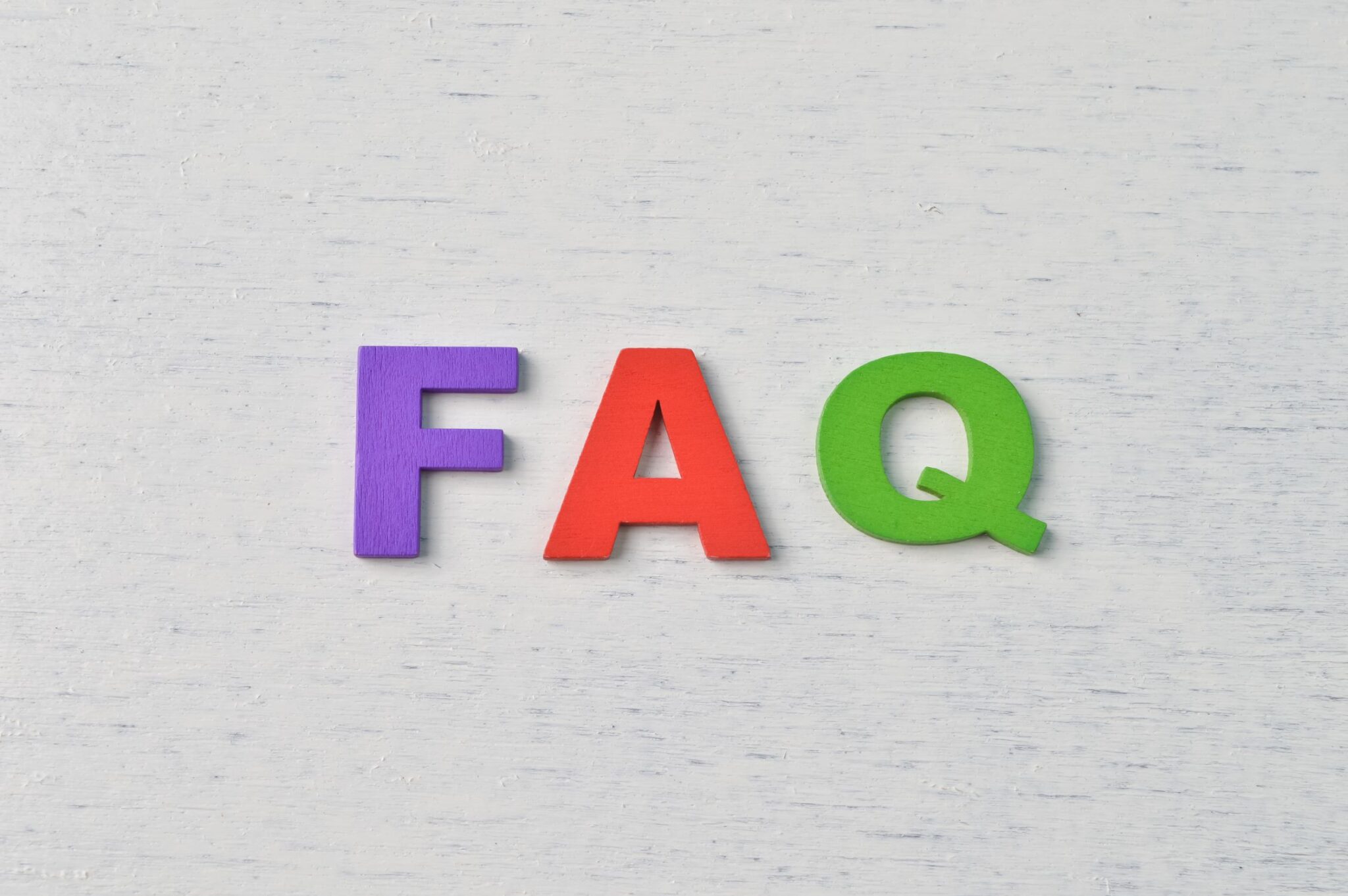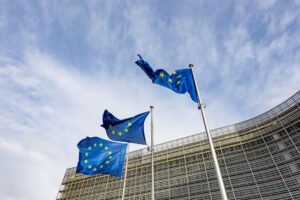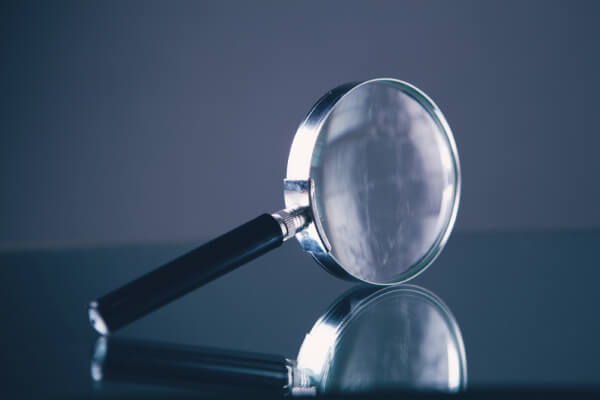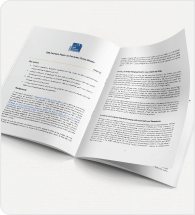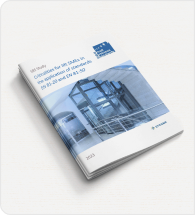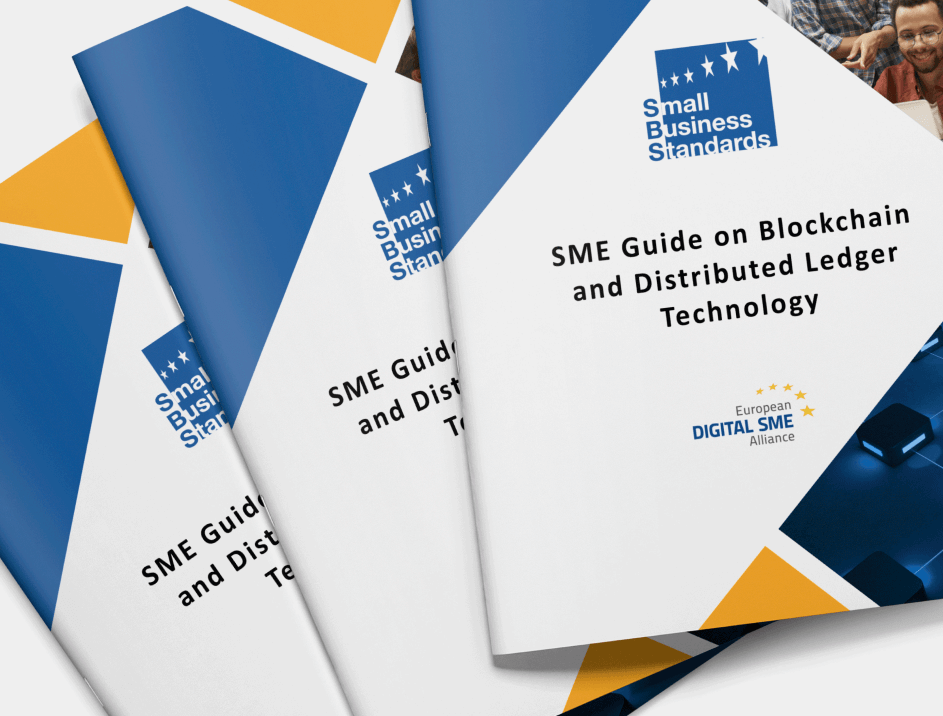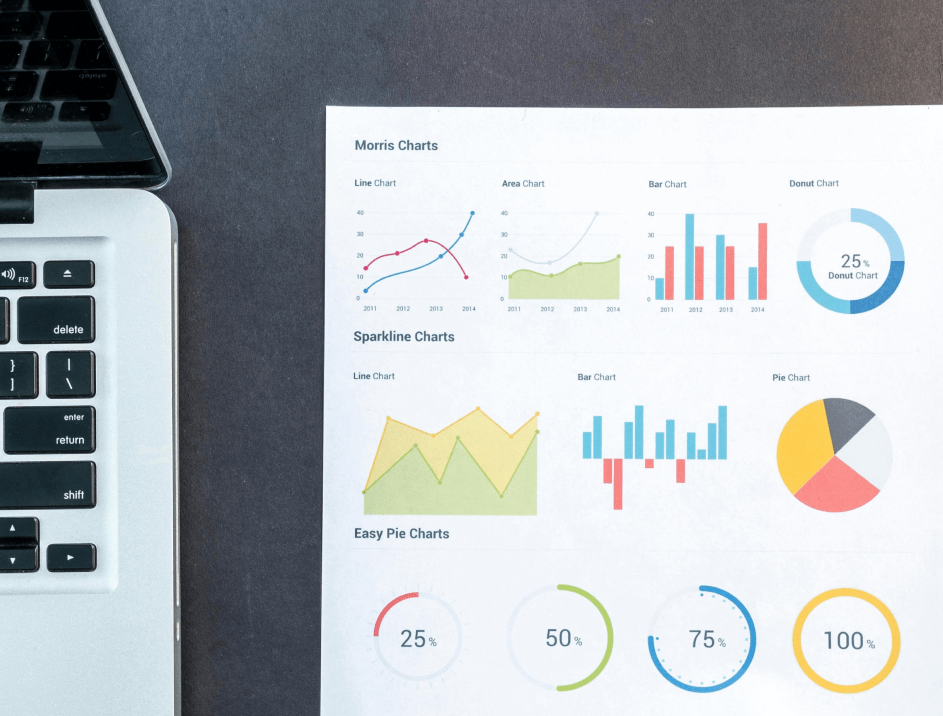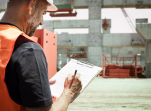New EU Ecodesign Directive: More consideration should be given to “products as a service” models
Embedding eco-design aspects in product standards throughout the supply chain will play a crucial role in sustainability and will undoubtedly help make products more sustainable, repairable and recyclable. In the statement made on behalf of the textile services, in line with previous position papers published by SBS, it was stressed that not only products, but also services and business models that contribute to the circularity of certain products – in this special case of textiles – should be recognised and strengthened. It was made clear that recycling and re-using textiles is the approach that reduces the environmental impact the most. The second-best option, however, is to keep produced textiles in the cycle for as long as possible. Textile services can reach this objective.
PPE manufacturers and textile services representatives argued that the PPE industry had not been considered a strategic partner by the EU in the past which resulted in manufacturers’ inability to respond to the unprecedented demand for PPE during the Covid-19 crisis adequately and in good time. It was widely acknowledged that the EU had to take immediate action in the short term that mainly focused on disposable PPE solutions. However, the discussion showed that the European Commission and standardisation bodies, along with PPE manufacturers and textile services companies, want to strengthen the role of sustainable and reusable PPE supply solutions in the near future.
Another outcome of the discussion was that the EU should move towards a more strategic and proactive role, i.e. including reusable PPE in public procurement and strengthening local supply chains to reduce Europe’s reliance on other countries and achieve supply chain independence. The importance of standardisation and the need to involve all relevant stakeholders was underlined and will certainly help move towards an approach which treats circular aspects as strategic for the European economy and for smaller businesses. Experience from other industries (i.e. energy efficiency labels) could, for example, be used to incorporate circularity aspects into PPE standards by focusing on an eco-design approach, where maintainability, reusability, durability can be defined, and a clear procedure for end-of-life is detailed.
SBS Construction Forum: from CPR to environmental performance
During the first part, a representative from the German Federal Ministry of the Interior, Building and Community, noted that the Commission had not yet presented a proposal for a revision of the legal text of the CPR. This proposal is expected at the end of 2021. The German Presidency is however expected to publish a report on the progress of the review process at the end of 2020.
European Builders Confederation’s Secretary General Eugenio Quintieri used this opportunity to present some of the challenges related to the process suggested by the EC this summer to develop technical specifications through an internal European Commission structure outside CEN. The purpose would be to update European technical standards and specifications for construction (harmonised standards) to cover a list of priority products identified by Member States. Mr. Quintieri also explained that SBS is preparing its own response to the concerns raised by the James Elliott court case which will be released as soon as the technical work has been concluded.
The second part of the forum was dedicated to the declaration of environmental performance of construction products and works. Construction Products Europe Technical Director, Oscar Nieto, presented a vision of the future with the digital integration of data, such as an Environmental Product Declaration (EPD) that could facilitate assessments of buildings’ environmental performance at the local level. This integration would rely on an interoperable and standardised product data template, which would be checked for compliance with European and National requirements via digital solutions such as apps. The digitalisation of the Declaration of Performance (DOP) would be central to this system, which is poised to become an essential tool for designing and calculating buildings’ environmental performance.
DG Environment Policy Officer Josefina Lindblom focused on the construction work, level especially the building assessment phase, by recalling the recent launch by the European Commission of the Level(s) methodology. This methodology is a common European approach to assessing and reporting the sustainability of buildings. Open source and freely available to all, Level(s) targets a wide range of construction stakeholders involved in the design of a building, from the concept stage to the handover of the building to the client and its monitoring.
Tom de Boer from the Dutch National Environmental Database presented the Dutch experience of the National Environmental Database, one of the earliest innovations of its kind. Following the Life Cycle Analysis requirements of the Dutch National Determination Method, the National Environmental Database encodes information on the environmental performance of products and buildings using EN 15804:2019 methodology for products and Dutch calculation rules for the environmental performance of buildings. This approach allows a level playing field to be created for all actors, facilitating environmental performance declaration. The database provides different categories of data by origin, including verified branch specific data (supplied and owned by the manufacturer), verified sector-specific data supplied and owned by the branch, and unverified data drafted by Life-Cycle Analysis experts where the former categories do not apply.
The presentations provided interesting insights into the current availability of tools and methodologies intended to facilitate the task of designing, assessing and reporting the environmental performance of building. SBS remains committed to working for the actors on the ground –manufacturers, engineers and contractors – to make sure these tools are developed to meet their needs and that they reach them.
The selected experts, from 15 countries across Europe, will be active on 70 standardisation Technical Committees and more than 150 Working Groups, allowing SBS to influence the development of standards across more than 14 sectors.
In some cases, the assessment of the compliance of a product with the requirements of EU legislation may require intervention by a third party (Notified Body) to have the product tested or certified before it is placed on the market. The need to involve a Notified Body in the conformity assessment procedure depends on the type of product and the specific provisions of the applicable EU Directive or Regulation.
Notified Bodies are independent organisations designated by relevant authorities of each EU, EEA Member State and countries with whom the EU has concluded Mutual Recognition Agreements as competent to assess the conformity of specific products. A list of Notified Bodies from each country, by directive and/or product can be found in the European Commission NANDO database. Manufacturers are free to choose any suitable Notified Body from any EU country. It is, however, important to take into consideration the technical competence of the body in relation to the specific product and the service needed.
